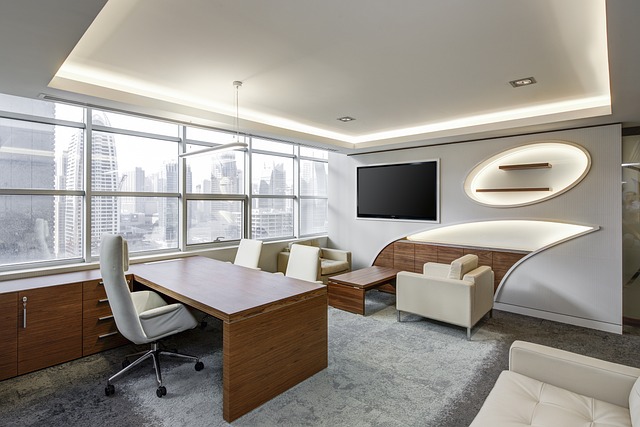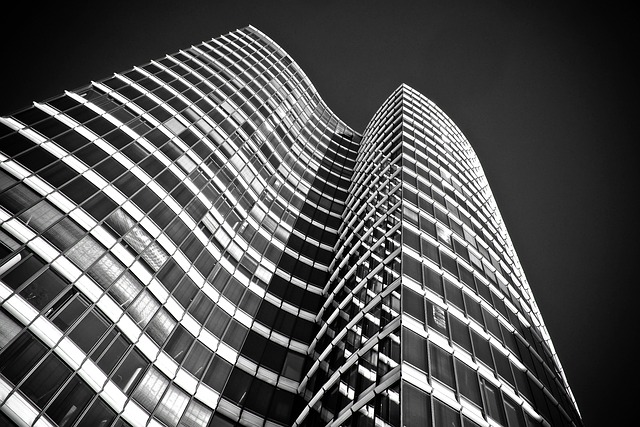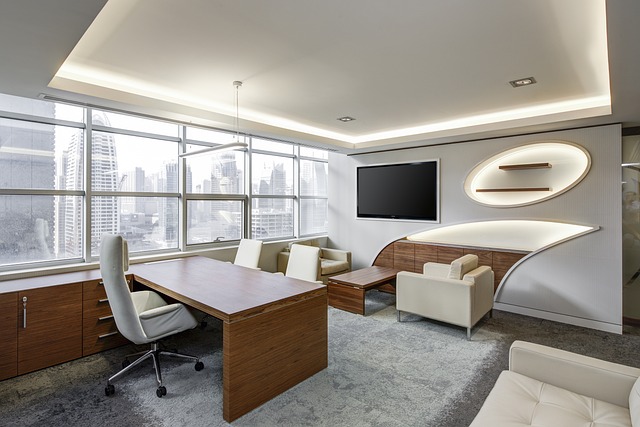CoolSculpting offers non-invasive fat reduction through cryolipolysis at licensed offices under medical supervision. Using precise cooling technology, it freezes and eliminates targeted fat cells, resulting in reduced fat thickness and a slimmer physique. A CoolSculpting office prioritizes patient safety with strict licensing standards, risk management, sterilization, and follow-up care. Treatments focus on areas like the abdomen, thighs, and arms, providing body contouring results without surgery.
“Discover how a licensed CoolSculpting clinic can transform your body without surgery. This professional medical service offers fat-freezing treatments, eliminating stubborn fat safely and effectively. From understanding the non-invasive process to exploring licensing requirements and patient safety, this guide covers all you need to know about CoolSculpting offices. Learn about targeted fat reduction, expected results, and aftercare for a smoother journey towards your body goals.”
- Understanding CoolSculpting: A Non-Invasive Fat-Reduction Method
- Licensing and Regulations for CoolSculpting Offices
- The Science Behind Freezing Fat Cells
- Patient Safety Measures in CoolSculpting Procedures
- Common Areas for CoolSculpting Treatments
- Expected Results and Aftercare Guidelines
Understanding CoolSculpting: A Non-Invasive Fat-Reduction Method

CoolSculpting is a non-invasive fat-reduction method that has gained popularity as an alternative to traditional liposuction. This procedure uses cryolipolysis, a process that freezes and eliminates stubborn fat cells in problem areas like the abdomen, thighs, and arms. By targeting specific fat deposits, CoolSculpting offers a way to sculpt and contour the body without surgery or downtime.
A licensed CoolSculpting office ensures that the treatment is performed under professional medical supervision, ensuring safety and effectiveness. The process involves applying a cooling gel pad to the targeted area, which is then cooled to precise temperatures over a controlled period. This cold temperature induces crystallization in the fat cells, damaging them and triggering their natural elimination by the body’s immune system. Over time, this leads to a noticeable reduction in fat thickness and a more sculpted appearance.
Licensing and Regulations for CoolSculpting Offices

A CoolSculpting office is more than just a place for fat-freezing treatments; it’s a licensed facility that operates under strict medical supervision. This means that each CoolSculpting office must adhere to stringent licensing and regulatory standards set by their respective regions. These guidelines ensure patient safety, quality care, and the ethical use of fat-freezing technology.
The process involves thorough background checks for staff, regular inspections of equipment, and ongoing training to stay updated with the latest medical advancements. Additionally, these offices must maintain detailed records of patient treatments, ensuring transparency and accountability. Such rigorous standards are in place to protect patients and uphold the reputation of the CoolSculpting brand, making it a trusted choice for those seeking non-invasive body contouring solutions.
The Science Behind Freezing Fat Cells

The science behind CoolSculpting involves a precise and controlled cooling process that targets and freezes specific fat cells. This non-invasive procedure utilizes advanced technology to deliver cold air to the targeted areas, causing the fat cells to crystallize and eventually die. The CoolSculpting office ensures this process is safe by employing medical professionals who monitor patients throughout the treatment.
During the procedure, a gel pad is placed on the skin, followed by an applicator that delivers cooling energy to the underlying fat cells. This targeted approach allows for the destruction of adipose tissue while minimizing damage to surrounding structures. The frozen fat cells are then naturally eliminated from the body during its normal metabolic processes, leading to a noticeable reduction in fat in the treated areas.
Patient Safety Measures in CoolSculpting Procedures

At a licensed CoolSculpting office, patient safety is paramount. These medical facilities prioritize comprehensive risk assessment and management before, during, and after each procedure. Strict adherence to sterilization protocols ensures that equipment and environments are free from infections. Trained medical professionals oversee every session, monitoring patients for any adverse reactions or discomfort.
Moreover, the CoolSculpting process involves advanced cooling technology designed to target and freeze fat cells without damaging surrounding tissue. The clinic’s licensed practitioners carefully customize treatment plans based on individual patient needs and body types, minimizing risks further. Regular patient follow-ups also allow medical staff to address any concerns promptly and ensure optimal recovery.
Common Areas for CoolSculpting Treatments

CoolSculpting treatments are typically performed in areas where excess fat tends to accumulate, offering a non-invasive alternative to surgery. Common target zones include the abdomen, love handles (lateral rectus abdominis), flanks, upper arms, bra line, and even the back. Each treatment is customized to the patient’s needs, with professional medical staff using advanced technology to freeze and eliminate fat cells effectively. The CoolSculpting office environment provides a comfortable setting where patients can relax while undergoing this innovative body contouring procedure.
Expected Results and Aftercare Guidelines

At a licensed CoolSculpting office, patients can expect significant fat reduction in targeted areas after just one treatment session. This non-invasive procedure utilizes cryolipolysis to freeze and eliminate stubborn fat cells, leading to a slimmer, more contoured physique. Results may vary from person to person, but many clients notice visible differences in their body shape within a few weeks of treatment.
Post-treatment care is crucial for optimal results. Patients should anticipate mild discomfort and temporary numbness in the treated areas, which typically subside within a few days. It’s recommended to stay hydrated by drinking plenty of water and avoid strenuous exercise for the first 24 hours. Additionally, applying ice packs can help alleviate any lingering sensitivity. Patients should schedule follow-up appointments with their CoolSculpting office to assess progress and ensure satisfactory aftercare.
